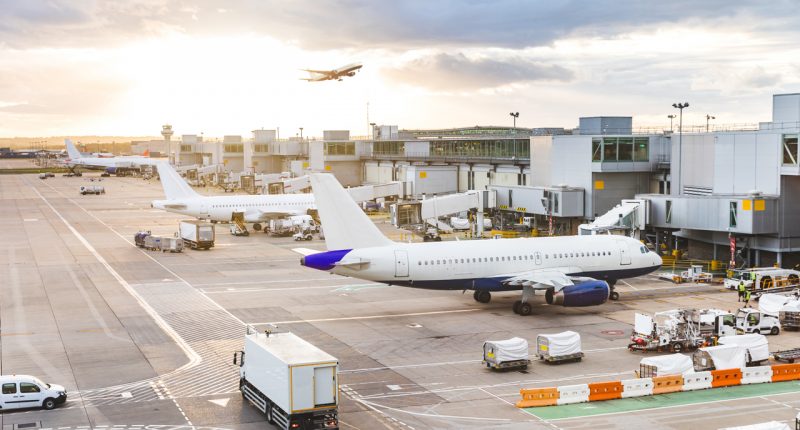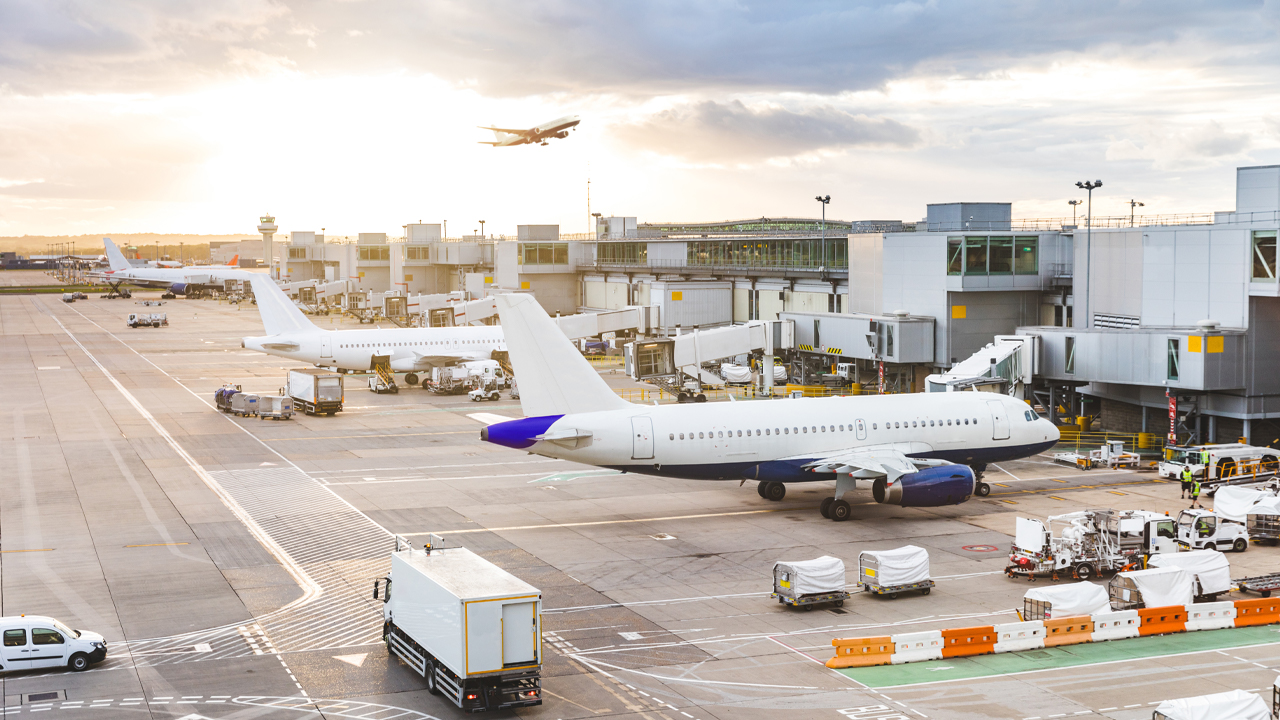- The Prime Minister is pushing ahead with a plan to expand Australia’s current international arrivals cap, despite not having support from states and territories
- The cap was put in place following the second wave of COVID-19 cases in Melbourne, when the hotel quarantine system was closed due to breaches
- The current cap allows around 4,000 people per week to enter Australia via Sydney, Brisbane, Perth and Adelaide
- While an estimated 30,000 residents are stuck abroad and have registered their intent to return home
- But, WA, NSW and Queensland have yet to agree to take-in more passengers and house them in mandatory quarantine
The Prime Minister is pushing ahead with a plan to expand Australia’s current international arrivals cap — despite not having the support of state and territory leaders.
Scott Morrison wants to increase the current cap of 4,000 arrivals per week to 6,000 arrivals per week, allowing more Australians stuck abroad to come home.
But, state and territory leaders have not signed off on the idea to house even more residents in mandatory quarantine hotels.
Why the cap?
The cap on international arrivals was first introduced in July this year after Melbourne shut its botched hotel quarantine program.
Breaches in security at the hotels had allowed COVID-19 to spread from guests to the community, partially contributing to a huge second wave of infections in Victoria.
As a result, Melbourne locked its borders and diverted international arrivals to other major metro cities such as Sydney, Brisbane, Adelaide and Perth.
To help the state’s deal with the influx in arrivals, the Federal Government agreed to impose a cap of around 4,000 people per week — limiting the number of people entering the hotel quarantine system.
Why the change?
Around the same time the cap came into effect, many state’s and territories also announced they would start charging arrivals for their stays in quarantine.
The leaders argued overseas residents had been given several months to return back home and the cost of quarantining people was becoming too expensive.
Meanwhile, the reduced number of people arriving back in Australia prompted some airlines to charge passengers business class prices — in order to justify the cost of flying them home.
Combined, the cap and increased pricing meant many Australian were priced out of returning home, with an estimated 27,000 residents affected.
Prime Minister Scott Morrison today said his Government is working to help those stuck, by increasing the cap to 6,000 people per week.
“We have increased the support to the Department of Foreign Affairs and Trade quite considerably to help people in those areas,” he said in an interview with Seven.
“But we have made the decision to increase the number of people who can come back into Australia by about another 2,000 every single week,” he added.
Who’s agreed?
The 2,000 new weekly arrivals will be spread out between NSW, Queensland, WA and South Australia, with Tasmania, the ACT and NT all asked to assess their quarantine capacity.
But, not everyone has agreed, with WA Premier Mark McGowan lashing out at the expanded cap and accusing the Prime Minister of playing games.
“Bossing people around, basically saying they are just going to fly people in and dump them on our doorstep is not the way to conduct these matters,” he said.
“I have been in Parliament the longest of any of the Premiers and the Prime Minister by a long way and I have not seen the Commonwealth act this way,” he added.
But, Scott Morrison said the decision had been made, and “we will get 2,000 more people in, coming through normal commercial flights.”
“They will go through the normal hotel quarantine arrangements. There is plenty of hotel rooms in all those cities,” he told Nine.
“It’s a decision, I think it’s pretty reasonable. We should get on with it,” he added.
The decision to expand the arrivals cap will come in place from Friday next week, with all state and territory leaders to meet tomorrow to discuss the decision and iron-out any concerns.







